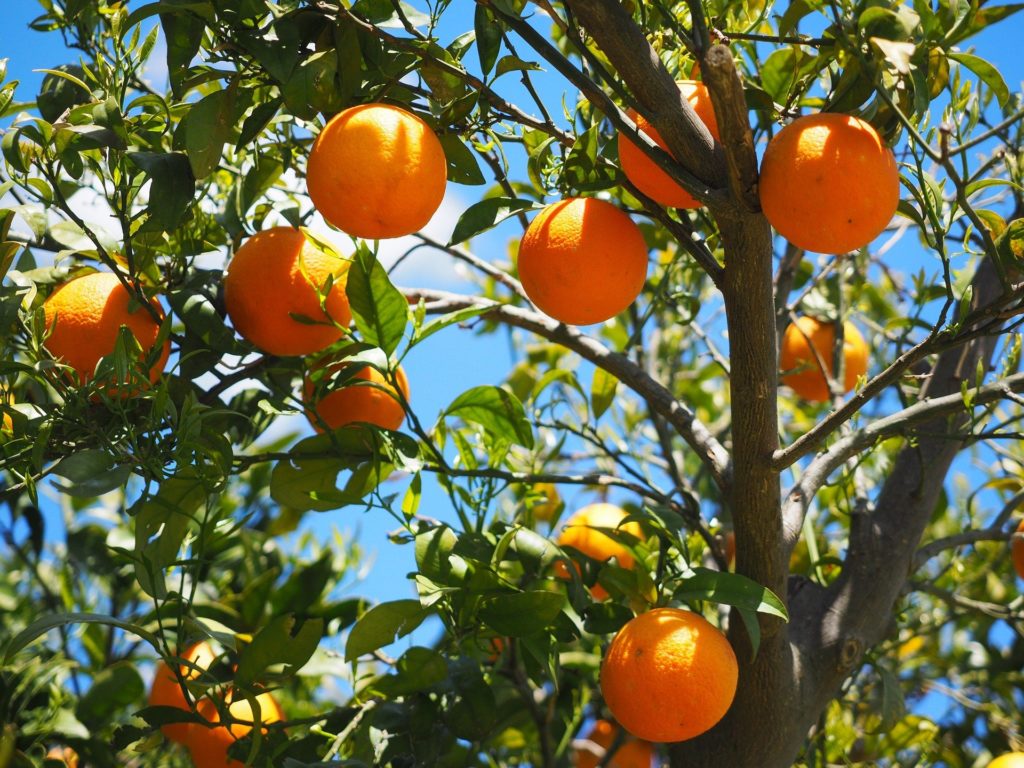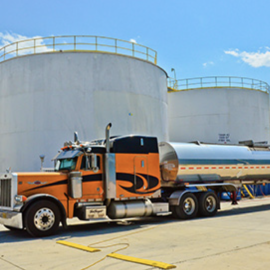
This is what a fruit orchard should look like. It is not what Ida left. The Plaquemains Parish fruit industry was hit hard, and not just by Ida.
Once teeming with young fruit, the rows of citrus trees in front of Ben and Gwen Becnel’s house are now gnarled, naked and gray. The murky storm surge that Hurricane Ida pushed inland on Aug. 29 covered their roots in water, and in a thick, black sludge, for more than three weeks. The few remaining satsumas are dark and shriveled. “It’s a complete and total disaster,” said Ben Becnel Sr., a fifth-generation farmer, as he rode his tractor past the field of dead trees. Last fall, Hurricane Zeta ripped much of the crop from the branch in Plaquemines Parish’ citrus industry, already in slow decline after two decades of disease, pests, freezes and land loss. Less than a year later, flooding and wind from Ida have knocked many farmers such as the Becnels, whose spread of orange and satsuma trees near Alliance is one of the largest in the parish, back to square one. “It’s kind of like Groundhog Day for these growers,” LSU AgCenter extension agent Anna Timmerman said.
nola.com
We are not talking peanuts on the value of the crop. It is substantial and really puts the growers in a bind.
Worth $4.7 million in 2019, Plaquemines’ celebrated citrus industry has flourished in southeast Louisiana’s soil and temperate climate since the 1800s. But the farmland and the parish’s 23,000 residents have grown increasingly vulnerable as Louisiana’s coastline retreats and stronger hurricanes fueled by global warming become more common. The 2018 value was $6.4 million. Farmers across the region are still assessing what’s left after Ida, but Timmerman said preliminary estimates suggest 4,000 to 8,000 citrus trees were lost out of an estimated 48,400 in the parish. Upriver near Belle Chasse, where fields avoided flooding, she said, smaller fruits such as satsumas and kumquats might have managed to hang onto their branches. But in lower Plaquemines, where the wind was stiffer and the water lingered on the fields, losses range from 80% to 100%. Gwen Becnel hopes that a third of her family’s 40-acre crop survived. But she said that estimate is generous. The salty water and mud that Ida washed in from Barataria Bay smothered their trees and poisoned the soil even as the storm’s gales stripped them of their leaves and fruit. Their farm saw similar flooding after Hurricane Isaac in 2012, although the water receded faster and the land wasn’t covered in several inches of sludge. This time, the muck clogged the Becnels’ drainage system, slowing the water’s retreat, and prevented them from driving farm equipment through the rows. “It’s like nothing we normally deal with,” she said.
The saga continues through the growing area.
Downriver in Port Sulphur, Patty Vogt, a fourth-generation farmer, said her 8 acres of citrus trees escaped flooding thanks to levees running from West Pointe à la Hache to Venice. But the trees, already stricken with several diseases and fighting salt in her soil, didn’t stand a chance against Ida’s 140 mph wind. “What little they had, Ida tore off,” she said, leaning against her roadside stand. “There’s nothing.” Vogt also lost one of her barns and portions of the roof off others. But she counts herself lucky that she avoided the surge seen at the Becnels’. Her farm went under water during Hurricane Katrina in 2005, and it took two years before the soil was healthy enough to start replanting trees. “It’s going to be a long time before the land gets good,” she said.
Those that can, will replant but it takes time for a crop to appear. Also when will the next storm come and destroy what is being planted.
Gwen Becnel said her family plans to replant come spring – but on land they own closer to Belle Chasse. Even then, it takes five years for citrus trees to bear fruit, she said, so it will be a long time before their crop recovers, especially after losing 500 trees to Zeta. Vogt and the Becnels have crop insurance that might cover the expected value of the fruit that Ida destroyed. For replanting money, they will look to the U.S. Department of Agriculture. The federal aid is unlikely to cover all of the tree costs, however, for Timmerman said the agency typically pays about $14 a tree but that Louisiana’s tree shortage means they can cost $20 to $22. Prices have risen amid increasing demand among homeowners for citrus trees during the coronavirus pandemic and back-to-back blows to the citrus nurseries. “It’s better than nothing, but it’s also not enough,” she said.
Assistance is coming from other areas as well. I am sure, though, they would prefer selling the crop to customers.
Growers are also receiving assistance from nongovernmental organizations such as the Market Umbrella’s donation-based Crescent Fund in New Orleans. After two challenging years, Timmerman expects the 200-year-old Plaquemines citrus industry to continue to consolidate, a trend that dates from the early 2000s. Citrus farmers are an aging demographic, and with each storm, a few more farms are lost and the industry contracts, she said. “If people are wondering what they can do to help … they can also just choose local produce, especially as we’re heading into citrus season,” Timmerman said. “The prices might be a little higher this year because of the loss of the fruit, but we do grow very good citrus in this area. So, support those farmers directly.”
People are complaining about prices going up but these loses will cause prices to rise. Storm here, fires there mean consumers pay regardless.



